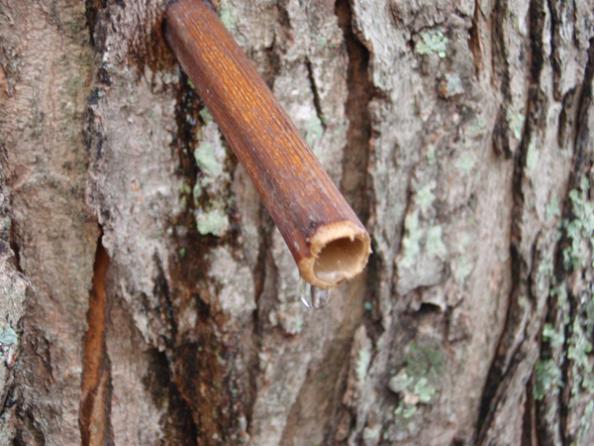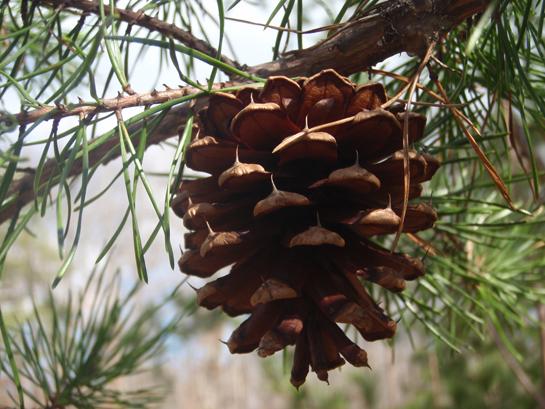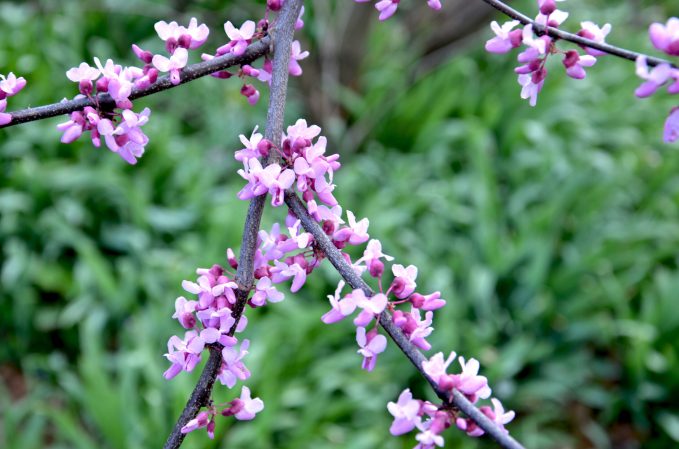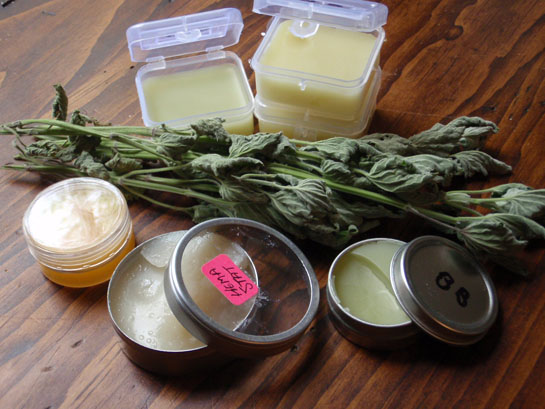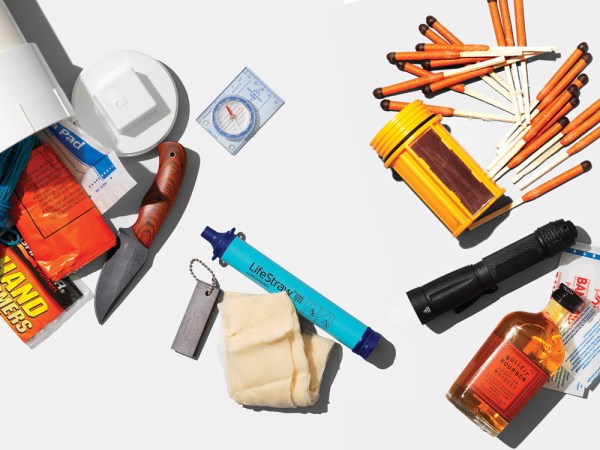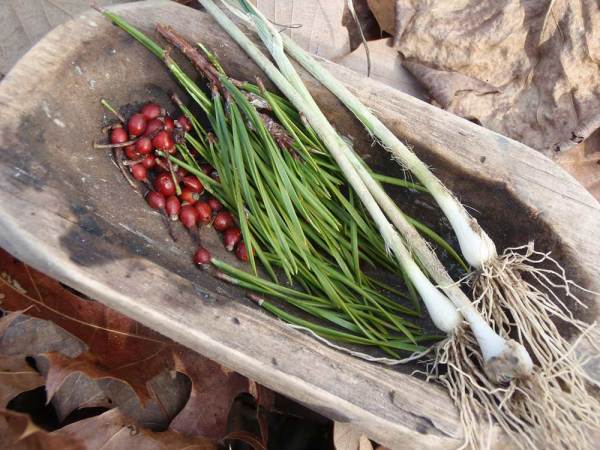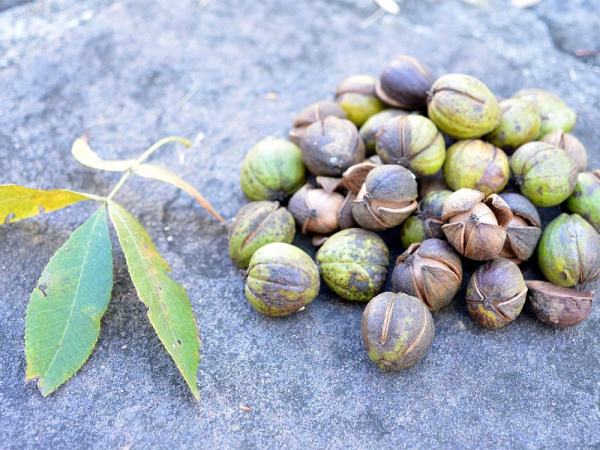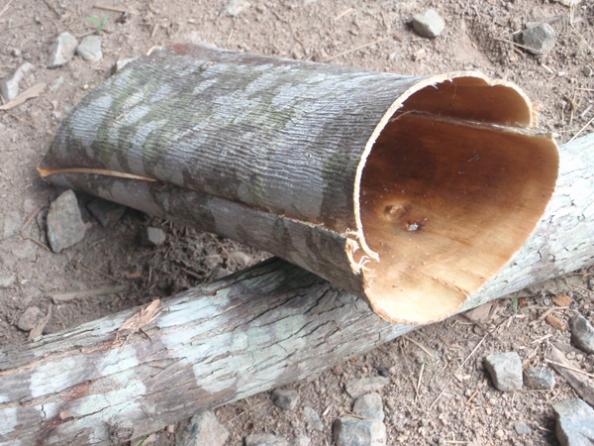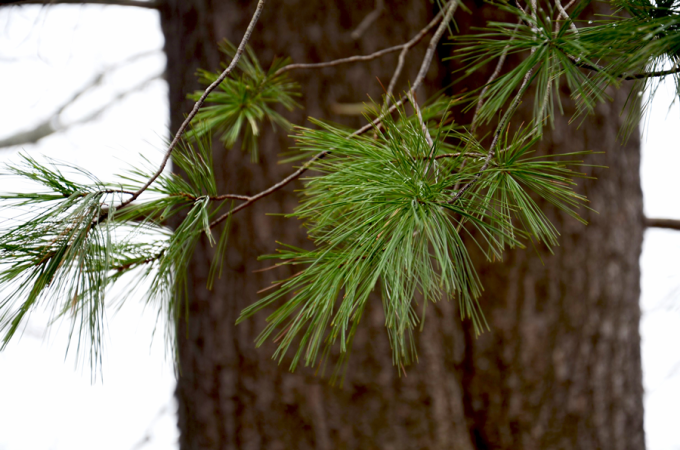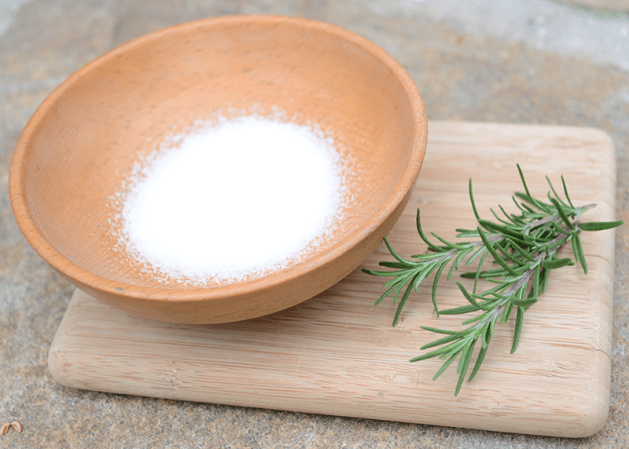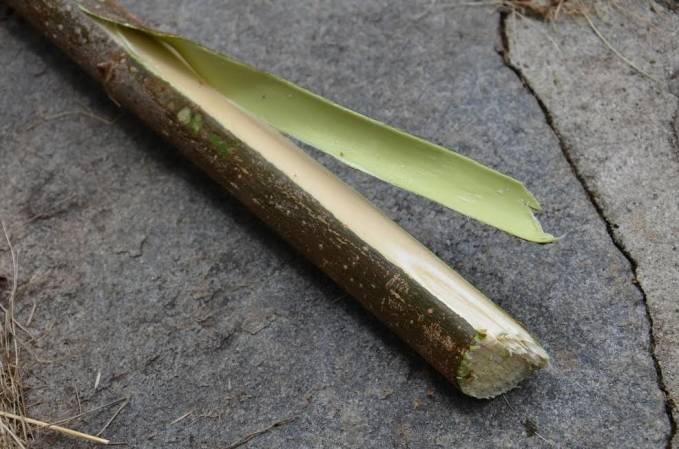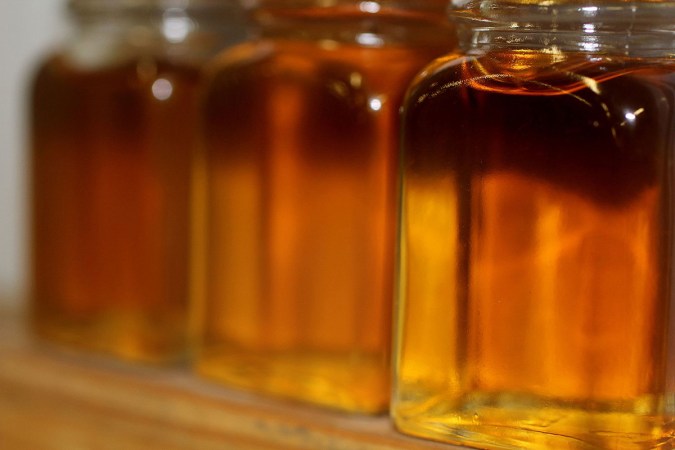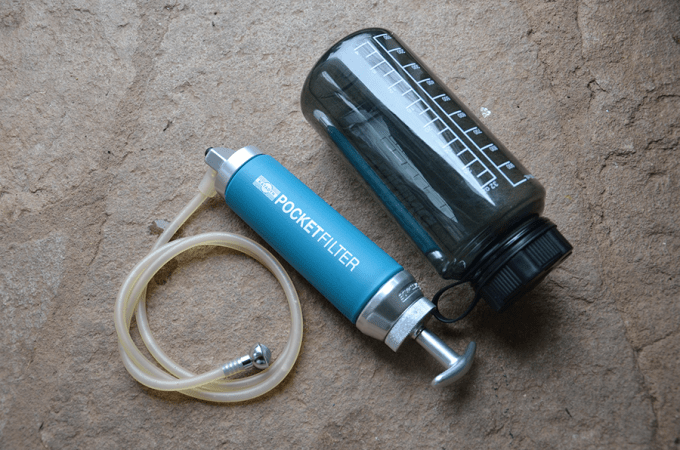Throughout much of North America, tree sugaring time is near or already underway. Depending on the weather and your latitude, you will have trees with running sap between January and early March. Some of these trees can be sources of water if you get caught without anything to drink. Other trees can provide live-saving calories at one of the roughest times of the year for survival.
The ubiquitous and familiar maples (the genus Acer) have a watery sap that is used for water and to make maple syrup. The sap flows in late winter and early spring when night time temperatures are below freezing and the days are above freezing. The sap is slightly sweet and can be tapped by boring a hole in any maple tree (except the introduced Norway maple , Acer platanoides, which has milky sap). Drill the hole through the bark, about an inch and a half into the sapwood, angling the hole upward. Any reasonable sized drill bit can work, but many folks go with a 7/16-inch hole, which matches commercial sized metal tubes. Insert a tube (a.k.a. spile) and allow the sap to drip into a container. In the photo, I am using a naturally hollow Knotweed stalk. Use what you have. Bamboo, PVC pipe, and copper tubing all work. If you have trouble finding anything in the shed that will work as a spile, check out the Lehman’s company.
They sell sugaring equipment and a host of non-electric household and farm goods.
The sap flows best on the south side of the tree, which has the most sun exposure. You can insert one tap for each foot of the tree’s diameter. If you’re using the sap for drinking water, know that it doesn’t keep long before souring, so use it soon. If you’re looking for something sweeter, boil the sap in an open pot until you have a viscous syrup, which should keep for months. Maple syrup has about 100 calories per ounce.
Sap from sugar maple trees has the highest sugar percentage; other maples and different tree species only have about half as much sugar. Sycamore trees (Platanus occidentalis), birches (the genus Betula), and hickories (the genus Carya) can also be tapped for drinking water that can be boiled for syrup. Black birch sap is particularly delicious. Walnuts (the genus Juglans) can be tapped for drinking water, too; however walnut is not particularly tasty like maple, and you’ll want to skip that one for syrup production.
Do you harvest syrup from local trees? Tell us about your winter sugaring process in the comments.
